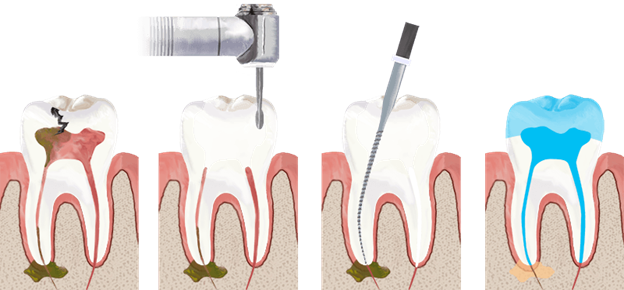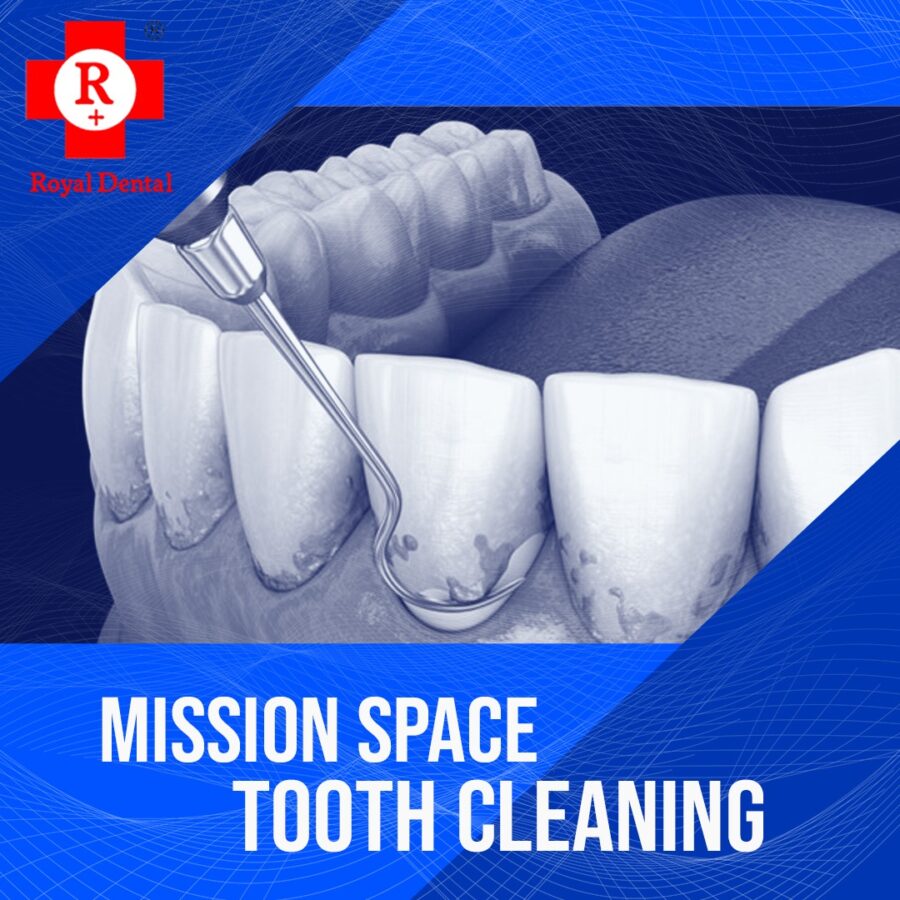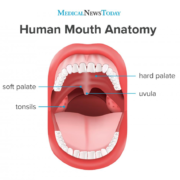The world of dentistry can be a confusing one. It has its own special language, full of unique terms and phrases that may not be familiar to everyone. When you visit the dentist for general check-ups or procedures, you may feel unsure about what they are saying. Are they speaking English? Do they mean something else? Are there other words for these things? What dental treatment are they talking about? You don’t have to feel intimidated by dental terminology, in your next visit!
Exam and Consultation
An exam and consultation are standard parts of any dental visit. During the exam, your dentist will look inside your mouth and inspect your teeth and gums for signs of decay or disease, as well as any other issues that may need attention. If necessary, they will take dental x-rays for a more thorough examination of your teeth and gums. At the consultation, your dentist will discuss any issues they find, as well as your treatment plan, which involves the type of dental work you require and how long it will take.

Root Canal
The procedure to remove decay from inside the tooth is root canal. The tooth is accessed through the root canal, which is a small, hollow tube that extends from the crown of the tooth down to the tooth root. A root canal is necessary when there is severe decay or damage inside the tooth. This can result in a large hole that extends down to the tooth root.
Root canals are used to treat extreme cases of tooth decay and infection, as a tooth that has been decayed to this extent is usually deemed inoperable. Root canals are performed by an endodontist, a dental specialist who specializes in treating teeth, particularly those that are decayed. The treatment involves removing the damaged tissue inside the tooth, cleaning out the hollow root and filling it with a special substance.

Dental Implant
Dental implants are a treatment option for missing teeth. They are small, metal posts that are surgically placed in your jawbone. Once the posts have integrated with your jawbone, artificial teeth units are attached to them to provide you with natural-looking replacements for your missing teeth. These posts are surgically implanted into your jawbone, which is naturally porous and spongy.
After a few months, the posts fuse with your jawbone and are able to function like natural teeth roots, securely holding your artificial teeth. Implant dentistry is a more complex and expensive treatment than dental bridging, but it provides a more secure and long-lasting solution for missing teeth. Wearing a dental retainer following your treatment is recommended to ensure the implant posts remain firmly in place.

Tooth Decay Dental Treatment
Decay is the term used to describe the death of hard tissues such as enamel and dentin. When the minerals within your teeth are dissolved by an acid, it is known as dental decay. Some of the most common sources of this are sugary and starchy foods, including candies, soda, cookies, and crackers. Brushing your teeth regularly and flossing avoids tooth decay. It is important to visit your dentist regularly to perform regular check-ups and thorough cleanings. In the event of decay, your dentist can perform a curettage to remove the infected tissue during your dental visit.
Teeth Scaling within few minutes
This is the process of removing hardened plaque and bacteria from the surface of your teeth using a soft bristled toothbrush or dental scraper. A scaler is a soft toothbrush with rounded or flattened bristles, which helps to avoid damaging your teeth and gums. Curettage is a dental procedure that involves scraping the surface of your gums to remove hardened plaque and bacteria. A dental hygienist performs it during your cleaning and teeth scaling appointment.

Bleaching during your dental visit
Teeth whitening is a cosmetic procedure that uses a special bleaching agent to lighten the color of your teeth. There are two types of teeth whitening: in-office teeth whitening and at-home teeth whitening. In-office teeth whitening is a more invasive procedure and will generally produce faster results. Teeth whitening is not a one-off treatment. You will need to repeat the procedure every few years in order to maintain your new, brighter smile. Teeth whitening can be very damaging to teeth if not done properly. You should only trust your teeth to a licensed and trained tooth whitening practitioner.

Summary
Dentistry is an essential part of maintaining good health. When you visit the dentist, they will perform an examination of your teeth, gums, and mouth. During the visit, your dentist will also discuss your treatment plan and provide with recommendations for keeping your teeth and gums healthy. If you have any questions about the terminology used during your visit, be sure to ask!
Follow Us For More Updates





